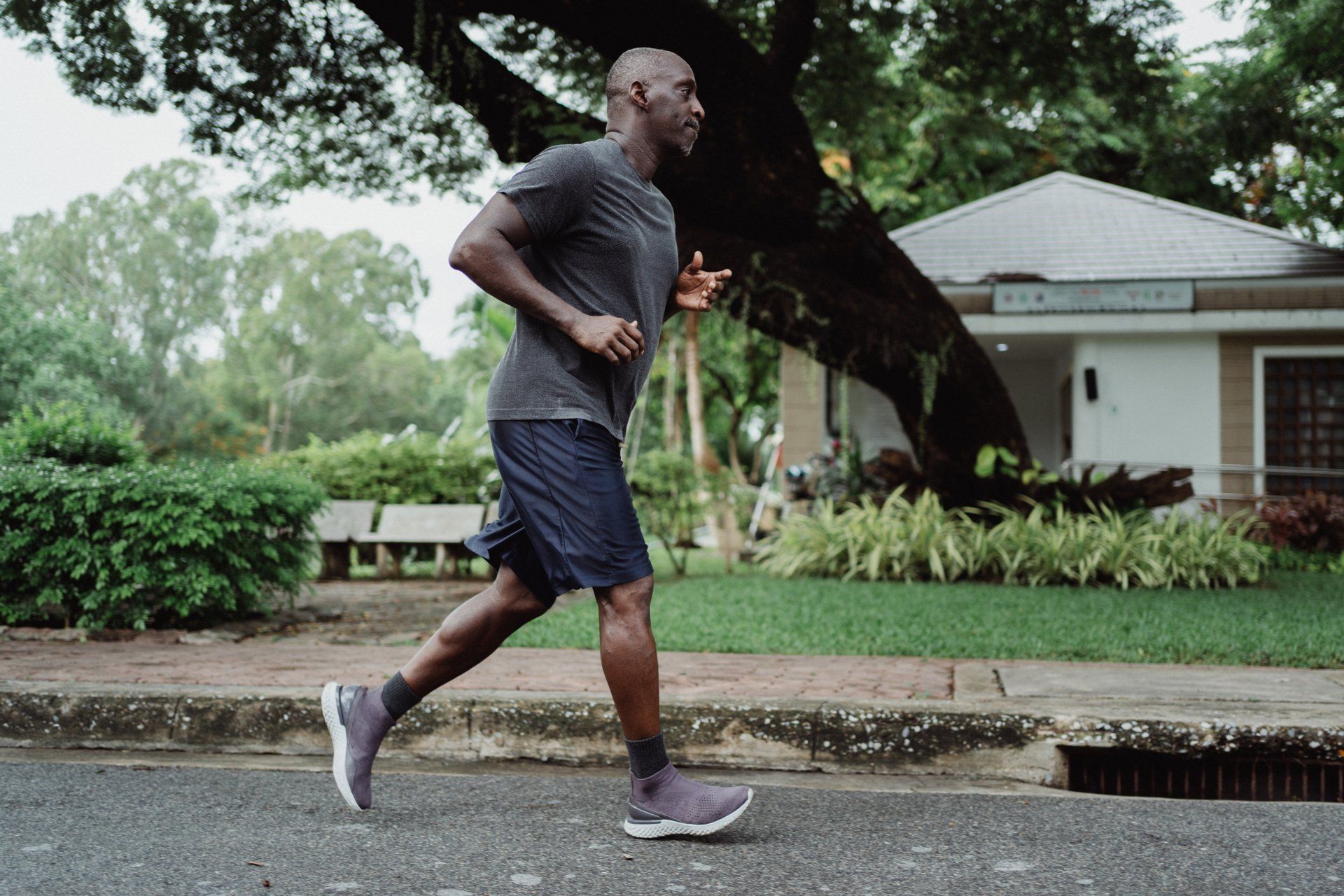"Do I Have Varicose Veins?"
B. Layne • August 26, 2019
A Helpful Guide To Common Vein Problems
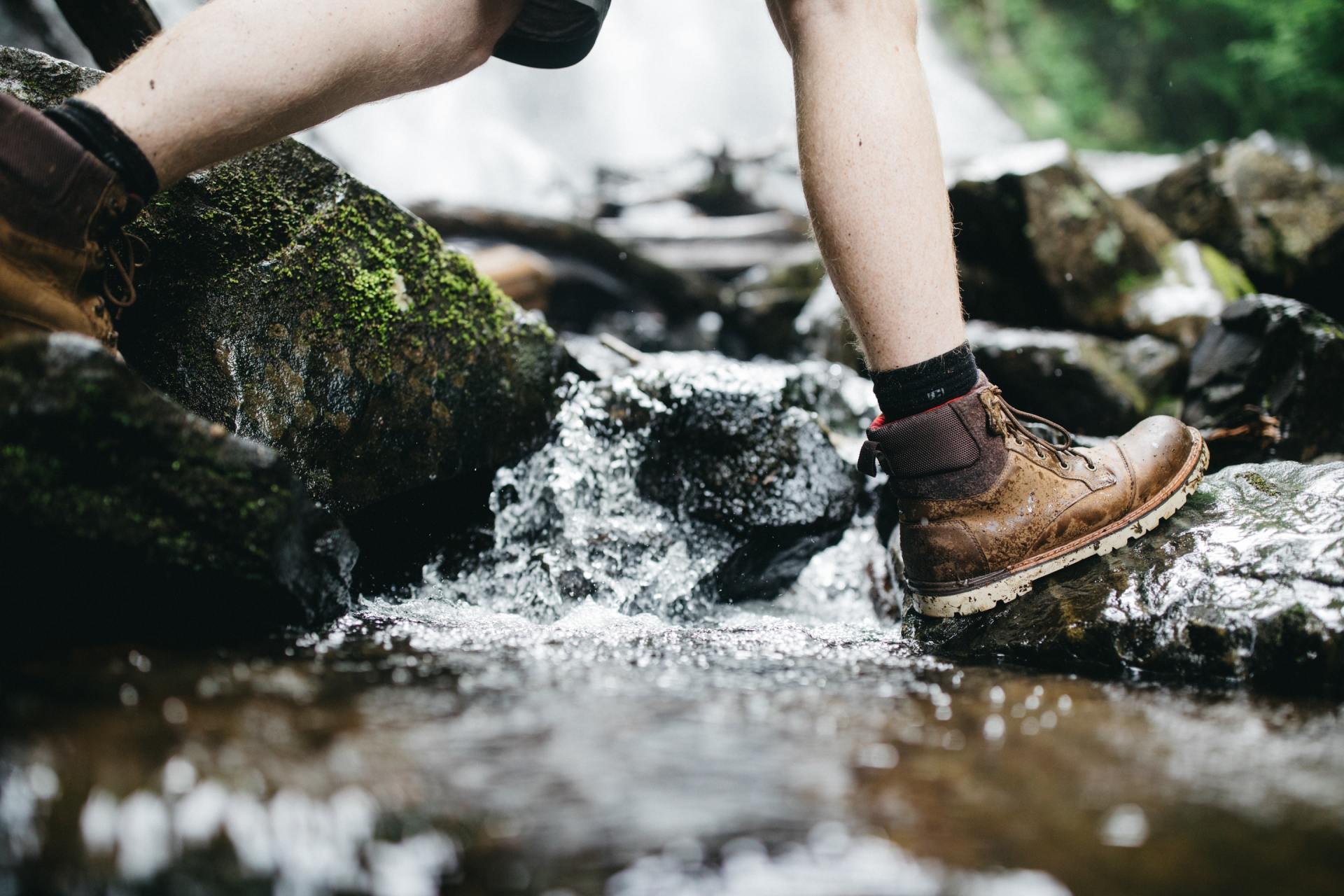
What are varicose veins?
Varicose veins are enlarged, rope-like veins that have a twisted and bulging appearance. They occur when the valves within the veins stop working correctly and blood begins to back up inside the vein. This can create not only a cosmetic concern, but also painful sensations and aches. Some cases may even become a more dangerous situation. Look out for these signs and symptoms.
Common Symptoms Of Vein Disease
While varicose veins can occur throughout the body, they are most often found in the legs. You may experience some uncomfortable symptoms including the following:
- Itching near or on the affected veins
- Burning sensation
- Swelling and leg cramping
- Aches or a weighted feeling in the legs
- Aches and pains that increase after prolonged sitting or standing
You might experience painless symptoms that only present visible problems such as:
- Dark raised vein that appear blue or purple
- Puffy veins- mainly on the legs
Medical Complications
For most patients, varicose veins simply create a cosmetic and self consciousness problem. However, there are some serious situations that can arise from untreated varicose veins.
Some of the potential complications are as follows:
- Ulcers
- Blood clots
- Rashes
- Bleeding
- Infection
Can Varicose Veins Be Prevented?
Varicose veins aren’t 100% avoidable, but there are some things that can be done to help reduce the risk or ease the symptoms. Wearing compression stockings can sometimes be helpful for those with varicose veins. It is also good to stay active and avoid remaining stationary for long periods of time. Those who work at a desk should try getting up and moving around occasionally if possible. It’s also a great idea to elevate your legs at least once daily and to lose any extra weight.
To read more about ways you can reduce the pain related to varicose veins, checkout this article: "Do Varicose Veins Hurt?"
If you’re not sure whether or not you have varicose veins, you can talk with your doctor about a screening for venous disease. Or if you are in Alaska, you can call or email our office to learn about our free consultations.
Contact Us
Articles
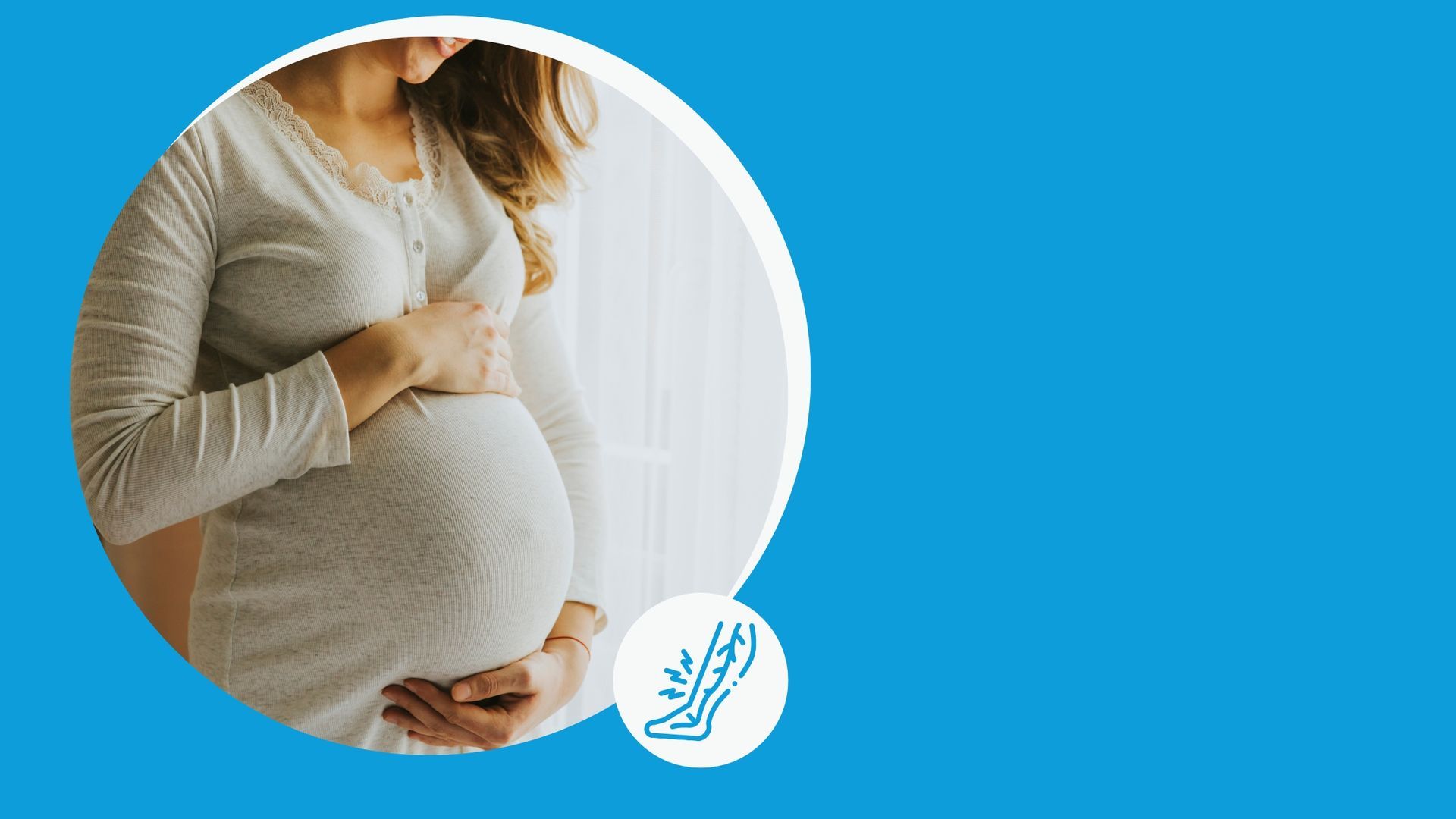
As healthcare providers, we often encounter patients who are concerned about varicose veins during and after pregnancy. They can cause discomfort and aesthetic concerns. One common question we hear is whether it’s better to treat varicose veins immediately or wait until after completing childbearing. We usually recommend treating varicose veins as soon as it is possible to do so. We'll share some of the reasons why this is beneficial.
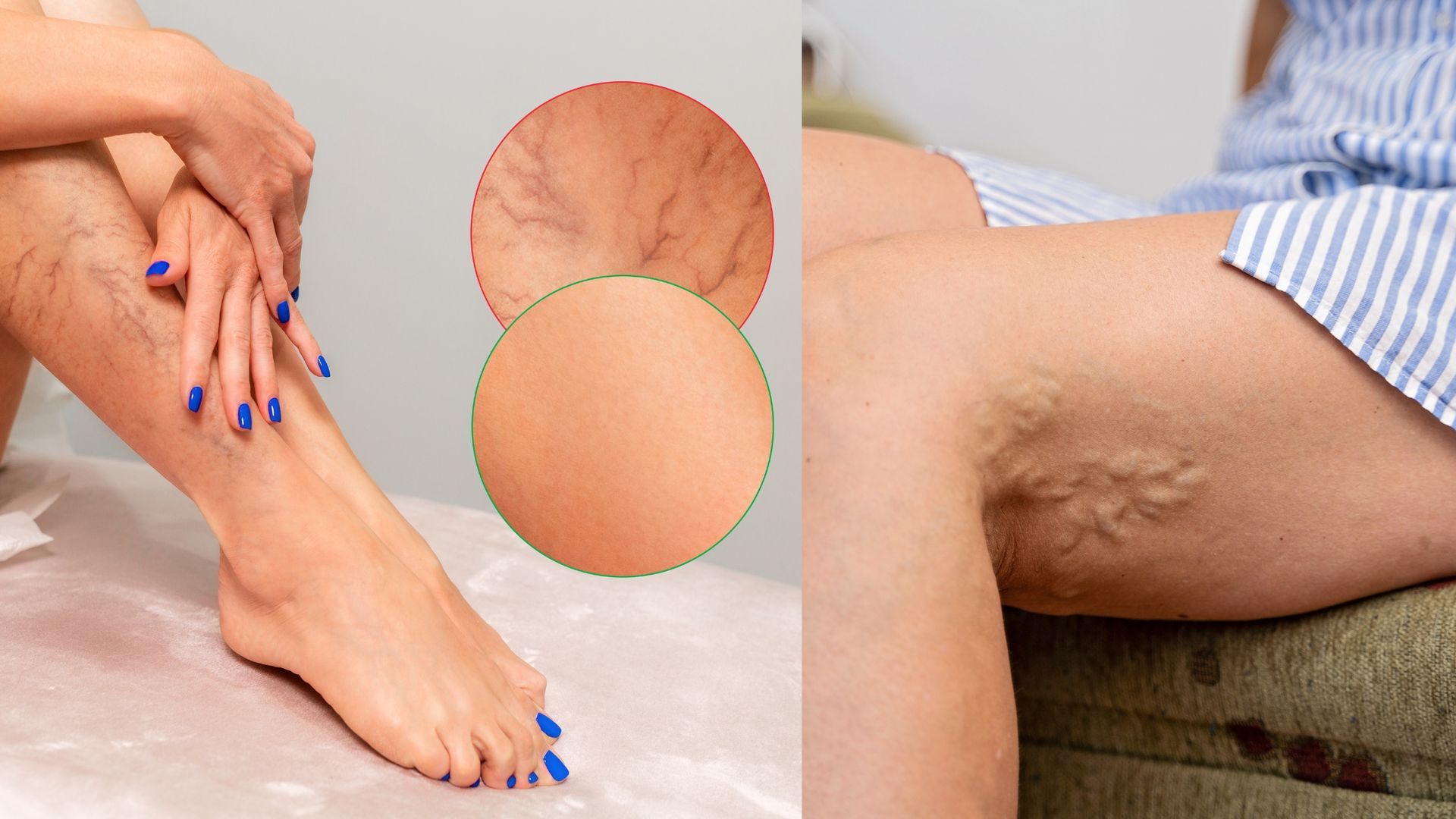
Varicose veins, those twisted and enlarged veins that often look ropey and blue or purple beneath the skin, are more than just a cosmetic concern. While they may initially seem like no problem, their implications can extend far beyond aesthetics. In this article, we'll take a look into the importance of early detection and treatment of varicose veins, and how addressing this condition before it progresses allows for better overall outcomes.

In today's digital age, many of us spend the majority of our days sitting at a desk, often in front of a computer and then go home to spend more time on our phones. While this technological revolution has brought about numerous advantages, it has also given rise to various health concerns. One of these concerns is the increased risk of developing varicose veins. Varicose veins are not only a cosmetic concern but can also lead to discomfort and, if left untreated, potentially more serious health issues. If you're a person that spends most of your day at a desk, it's essential to take proactive steps to care for your veins and reduce the risk of varicose veins. Here are some valuable tips to keep your veins healthy despite working in the seated position:
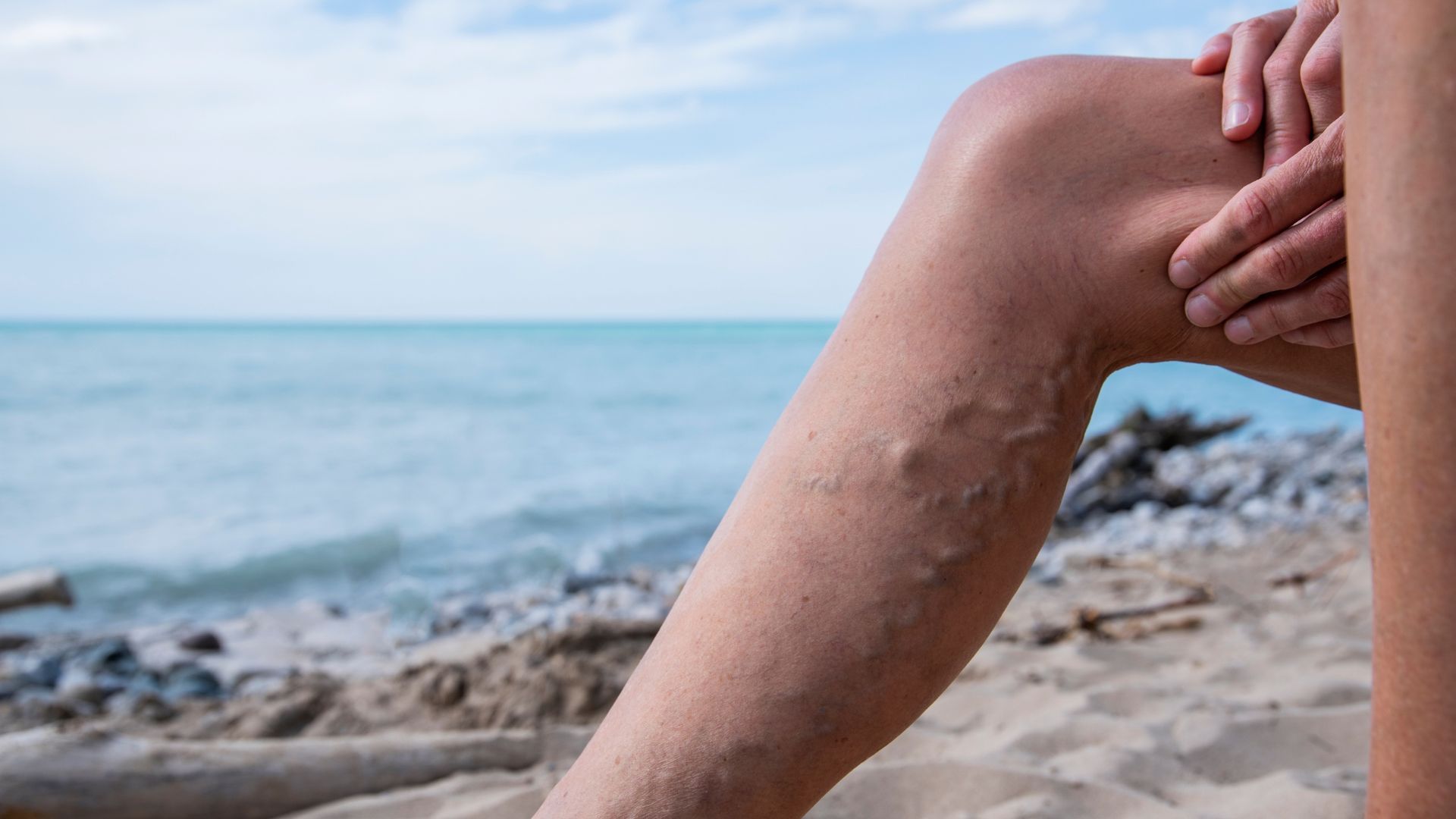
Varicose veins are a common condition that affects many individuals, causing twisted and enlarged veins, often appearing in the legs. While they are relatively common, varicose veins are surrounded by several myths and misconceptions. In this article, we will debunk some of the most prevalent myths and provide evidence-based information to help separate fact from fiction.




